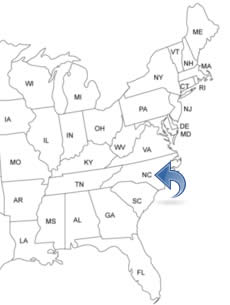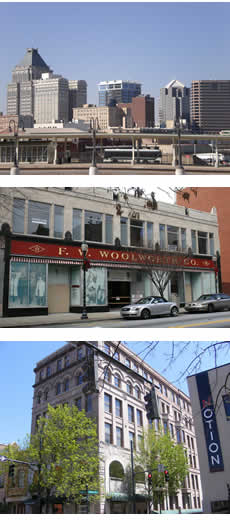NORTH CAROLINA PEOPLE SEARCH!
- ✔ Contact Info
- ✔ Phone Numbers
- ✔ Criminal Records
- ✔ Income Info
- ✔ Neighbors
- ✔ People's Age
- ✔ Property Ownership
- ✔ And Much More
Greensboro, North Carolina
Greensboro is located in the northern part and is the third largest city in the U.S. State of North Carolina. Gate City. Tournament Town. The Boro. Greensboro has a reputation as a great place for young people to live in. The city is a part of a thriving metropolitan area called the Triad and the downtown area has experienced construction investment the last couple of years. Greensboro has been awarded entry into the Clean Cities Hall of Fame.
To See And To Do In Greensboro
- Greensboro Historical Museum
- Guilford Courthouse National Military Park
- Downtown
- The International Civil Rights Center And Museum
- War Memorial Auditorium
- Four Seasons Town Center
- Blandwood Mansion
- The Bog Garden
- Golf
- The Natural Science Center Of Greensboro
- The Historic Woolworth's Sit-In
History Of Greensboro - Timeline
In 1700, European settlers worked as farmers in the area. Mostly Germans, Quakers of Welsh, and English descent, and Scotch-Irish who came from northern colonies. In 1767, a log college for men was established.
In 1781, the place was named for Nathanael Greene, a major general of the Continental Army in the American Revolutionary War. In 1795, the Blandwood Mansion and Gardens was built. It was originally built as a four-room Federal-style farmhouse.
In 1808, Greensboro was established. In 1821, A school for African Americans opened. In 1824, the first Presbyterian Church was organized. In 1826, the newspaper Greensborough Patriot started its publication.
In 1828, Henry Humphreys steam-powered cotton mill was built. In 1830, the Police Department was established. And also in 1830, a network in Greensboro supported the escape of slaves to freedom. It became known as the underground railroad in Greensboro.
In 1833, the Fire Department was established. In 1837, the town was incorporated. In 1846, the Greensboro College opened. In 1850, the first insurance company was established. In 1851, workers began laying the railroad tracks in the town and in 1856, the first train ran over the completed tracks.
In 1870, the Town of Greensboro became the City of Greensboro. In 1880, telephones were working in the city. In 1887, the city had electricity and a water system. In 1891, the arrival 60 trains a day gave Greensboro the nickname the Gate City. Also in 1891, the first hospital was opened.
In 1892, the Cone brothers established a textile finishing plant they called Cone Mills. It would become one of the largest makers of denim and corduroy in the world.
In 1900, Greensboro was a center of the Southern textile industry. In 1930, there were over 53,000 people living in the city. In 1944, the military located an Overseas Replacement Depot in Greensboro. About 300,000 people were processed or trained for service there.
In 1960, four black college students sat down at an all-white Woolworth's lunch counter. They refused to leave after they were denied service. Hundreds of others soon joined the Woolworth's Sit-In.
In 1979, five protest marchers were shot and killed by members of the Ku Klux Klan and the American Nazi Party. The protest marchers wanted to organize mostly black industrial workers in the area.

